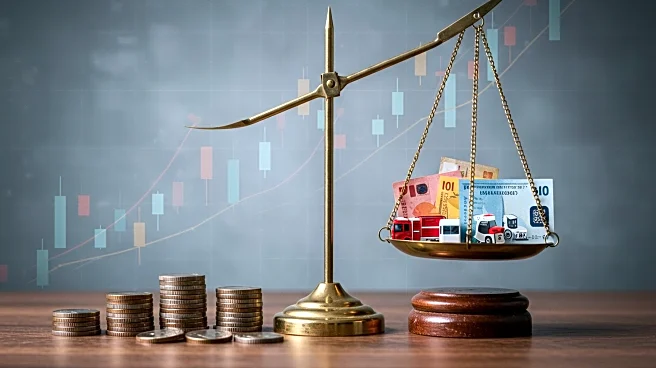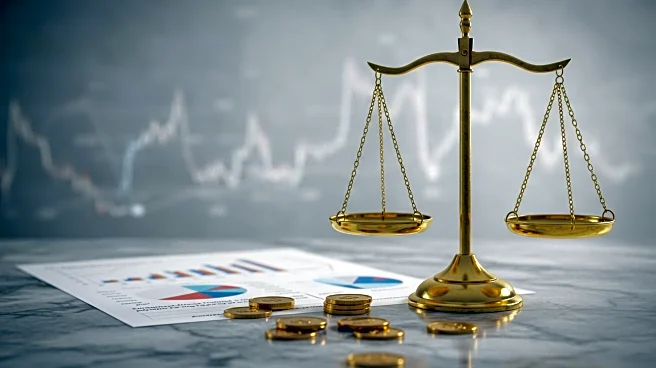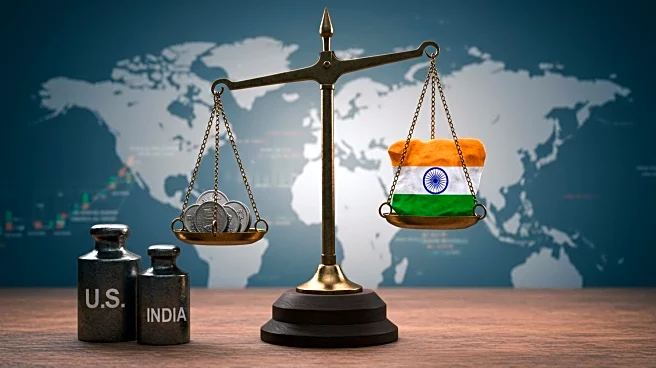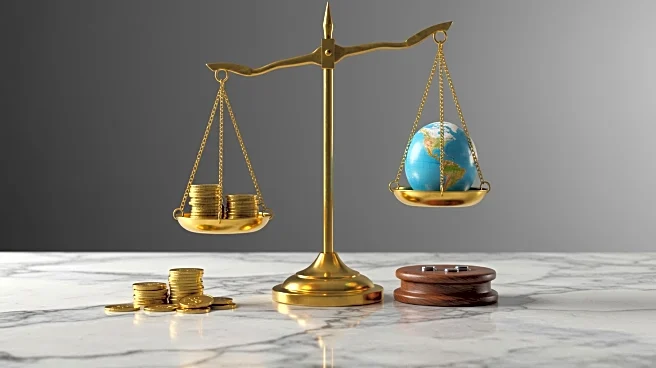Rapid Read • 7 min read
The United States has implemented significant tariff increases, generating approximately $360 billion annually. These tariffs, enacted during President Trump's second term, are affecting American consumers and businesses by raising prices and compressing margins. The fiscal policy is tightening, while monetary policy is expected to loosen, creating a complex economic environment. The tariffs are part of a broader strategy to address trade imbalances, but they have sparked debates about their impact on domestic consumption and business operations.
AD
The increased tariffs represent a major fiscal lever, impacting U.S. consumers and businesses by effectively acting as a tax increase. This shift could slow consumer spending and affect business profitability, particularly in goods-heavy sectors. The tariffs also highlight the U.S.'s strategic approach to trade and economic policy, aiming to reduce reliance on foreign manufacturing. However, the burden on American entities raises concerns about potential stagflation and economic slowdown, affecting fiscal deficits and overall economic growth.
The future of U.S. tariff policy remains uncertain, with potential court interventions or economic turmoil possibly influencing changes. President Trump has suggested rebate checks to offset the tariff burden, which could alter fiscal dynamics. Additionally, retaliatory tariffs from foreign countries could impact U.S. exports, further complicating trade relations. The Federal Reserve's anticipated interest rate cuts may ease financial conditions, but their effectiveness in stimulating the economy remains to be seen.
The tariffs underscore the geopolitical complexities of trade policy, with implications for global economic relations. The U.S.'s approach may influence other countries' strategies, particularly in emerging markets. The focus on tariffs also raises questions about long-term economic sustainability and the balance between fiscal and monetary policy. As the U.S. navigates these challenges, the broader impact on international trade and economic stability will be closely monitored.
AD
More Stories You Might Enjoy











